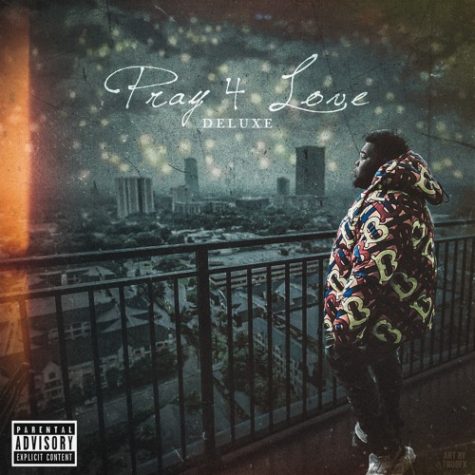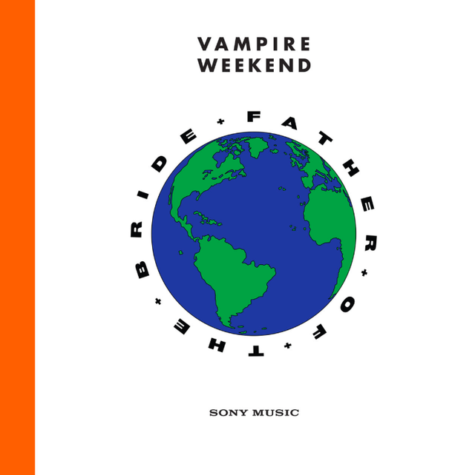Blues, Rock, and Psychedelia
1) “Dazed and Confused” – Led Zeppelin – Led Zeppelin I
After working as a session musician for most of the 1960s, Jimmy Page already had a clear creative vision for his new band. Although originally written by American singer-songwriter Jake Holmes, “Dazed and Confused” is a minor-key blues number that Led Zeppelin recorded in October 1968. It is fair to say that when Fender manufactured the Telecaster model in 1950, nobody could have envisioned Page’s experimentation with the violin bow and distorted, out-of phase tone. The track itself is heavy and anguished, with frontman Robert Plant’s raw blues, bassist John Paul Jones’ solid, portentous support, and John Bonham’s scorching percussion. The song became a staple of the band’s live performances in the 1970s.
2) “Won’t Get Fooled Again” – The Who – Who’s Next
Pete Townshend wrote the song as a closing number to the Lifehouse Project, a rock opera intended as a follow-up to Tommy. Its lyrics criticize the concepts of revolution and power. Townshend found spiritual meaning in music through the works of Inayat Khan and Meher Baba, which was the basis for the psychedelic synthesizer that served as the main backing instrument throughout the song.
3) “Walk This Way” – Aerosmith – Toys In the Attic
Written by Steven Tyler and Joe Perry, “Walk This Way” appears on the band’s third studio release. The song was part of a series of successful Aerosmith hits during the ‘70s, and would help guide the band into the mainstream. The lyrics reveal how Steven Tyler sought for words that contribute a percussive element. In an 2016 interview with Marc Myers for the book, Anatomy of a Song: The Oral History of 45 Iconic Hits That Changed Rock, R&B and Pop, Guitarist Joe Perry said, “The words have to tell a story, but for Steven they also have to have a bouncy feel for flow. Then he searches for words that have a double entendre, which comes out of the blues tradition.”
4) “Alabama Getaway” – Grateful Dead – Go to Heaven
This song is the opening track to the Dead album Go to Heaven. The lead guitar is energetic, with a sound similar to that of Chuck Berry’s style of rock. The rhythm of the track seems as though it could lend itself to improvisational sections, but unfortunately the Grateful Dead was not known to do this. Although I personally am not a fan of the album as a whole, this song stands out to me because of the energy brought to it by Jerry Garcia on lead guitar and vocals.
5) “Sunshine of Your Love” – Cream – Disraeli Gears
Despite their brief two-year lifetime, the British rock trio Cream would leave an astonishing impact on the world, with this particular song being a major part of it. “Sunshine of Your Love” is a blend of hard rock, elements of psychedelia, and blues centered around one of the most simple and recognizable guitar riffs in history, courtesy of “Slowhand” Eric Clapton. Although the song appears to have a restrained tempo, Clapton’s remarkable guitar skills are still prominent in the solo. The song became a major hit on both sides of the Atlantic. Even the blues legend Jimi Hendrix added the song to his live setlist almost immediately.
6) “My Generation” – The Who – Meaty, Beaty, Big and Bouncy
Guitarist Pete Townshend reportedly wrote the song after the Queen Mother towed Townshend’s 1935 Packard hearse because the sight of it offended her during her daily neighborhood drive. Townshend also credits jazz musician and bluesman Mose Allison’s “Young Man Blues,” saying that “without Mose I wouldn’t have written ‘My Generation’.” The song displays Pete Townshend’s distorted guitar and powerful chords and the characteristic fierce intensity with which Keith Moon contributed on drums.
7) “Kashmir” – Led Zeppelin – Physical Graffiti
Jimmy Page originally intended to use this melody to compose his magnum opus, a piece called “Swan Song.” Unfortunately, his idea never completely came to fruition; what we are left with, however, is a progressive epic that embodies the driving might of Led Zeppelin. The best way to describe this song is to imagine being caught in a spider web and slowly wrapped up, forced to yield to the unrelenting power that is outside of the listener’s control.
8) “Take It Easy” – Eagles – Eagles
Jackson Browne had written the first verse of “Take It Easy” in 1971 while working on his debut album. His unfinished project captured the song’s message, that despite our toils, we ought to ‘take it easy.’ Browne also captured the attention of Glenn Frey, to whom Browne gave the song for his new group, Eagles. The Eagles made the song into a lively bluegrass/soft rock arrangement, with banjo accompaniment by Bernie Leadon, as well as the band’s characteristic harmonies.
9) “I Shot the Sheriff” – Eric Clapton – 461 Ocean Boulevard
Originally written by Bob Marley, “I Shot the Sheriff”was the first major hit of Clapton’s solo career, along with his first #1 hit of any sort. At the time, Marley’s reggae style was still too unorthodox for mainstream airplay, but Clapton essentially bridged the gap between both the critical audience and the commercial audience for himself, while also attracting a larger audience to the not-as-well-known Bob Marley. “I Shot the Sheriff” has proven to be enduringly popular.
10) “Dream On” – Aerosmith – Aerosmith
Appearing on their 1973 debut album, the power ballad “Dream On” became Aerosmith’s first major hit and a staple of rock radio in the early 70s. The song is famous for its crescendo which is topped by the climactic trademark screams of Steven Tyler.
11) “We Can Run” – Grateful Dead – Built to Last
Jerry Garcia once stated that he and the other members of the band have always tried to avoid making political statements and trying to align their audience with one cause or another; the problem of deforestation was different for the band however. So when Brent Mydland and John Barlow composed “We Can Run” for the band’s last studio album, its message was in accord with years of support on the band’s part. The lyrics are anything but subtle, and the preachiness is only kept in check by Mydland’s sincere delivery. In terms of composition, the song is not very complicated. The song’s most distinguishable feature is its message, but perhaps that was intentional.
12) “Lyin’ Eyes” – Eagles – One of These Nights
The Eagles had already become fairly popular by the summer of 1975, but the release of One of These Nights would bring the band to a whole new level of success. It was the band’s first LP to reach Number One on the Billboard album chart, and the album’s singles were heard all over the radio. Don Henley and Glenn Frey reportedly began writing“Lyin’ Eyes” on cocktail napkins when they saw a young woman with a much older man in their favorite bar in Los Angeles.
13) “Voodoo Child (Slight Return)” – The Jimi Hendrix Experience – Electric Ladyland
“Voodoo Child” is the last track on Electric Ladyland, the last album Hendrix would record before his death. It is also the last song he performed live, merely 12 days before his death in London. It is appropriate that the swan song of the voodoo child is a sublime and furious display of unrelenting guitar prowess, all flowing from an upside down, right-handed Fender Stratocaster. The song leads in through Jimi’s wah pedal, introducing the feeling of psychedelia fused with blues. What makes this song terrific is the rawness, both vocally and instrumentally, that Hendrix unabashedly delivers it with. “Voodoo Child” both celebrates and mourns one of the most influential and creative musicians of our time.
14) “Revolution” – The Beatles- Past Masters
This song was written by John Lennon and recorded in 1968, credited to Lennon-McCartney. For the most part, the Beatles had tried to avoid political opinions in their music, with the exception of “Taxman.” During his time spent in Rishikesh, however, Lennon decided to write a song about the recent social upheaval. Lennon expressed his antiwar sentiments in the song, although he had yet to become anti-establishment. The repeated phrase “It’s gonna be alright” stems from Lennon’s Transcendental Meditation experiences; he believed that God would guide the human race in the right direction no matter what happens politically.
15) “Feet Don’t Fail Me” – Queens of the Stone Age – Villains
Produced by Mark Ronson, QOTSA’s seventh album combines the band’s menacing, manic style of rock with chilling synthesizers and other elements of electronic production give the music a sound that is both surreal and punishing. The album’s opening track, “Feet Don’t Fail Me” features a minute of introduction with guitars, delay effects, and synth to create a sinister and nightmarish tone. Once the introduction builds tension, the percussion kicks in and the song begins, like the soundtrack of a muscle car flying down a speedway. The guitar riff is heavy, yet remains controlled, giving the song the sense of rolling down the track at maximum speed but never flying off the rails.













